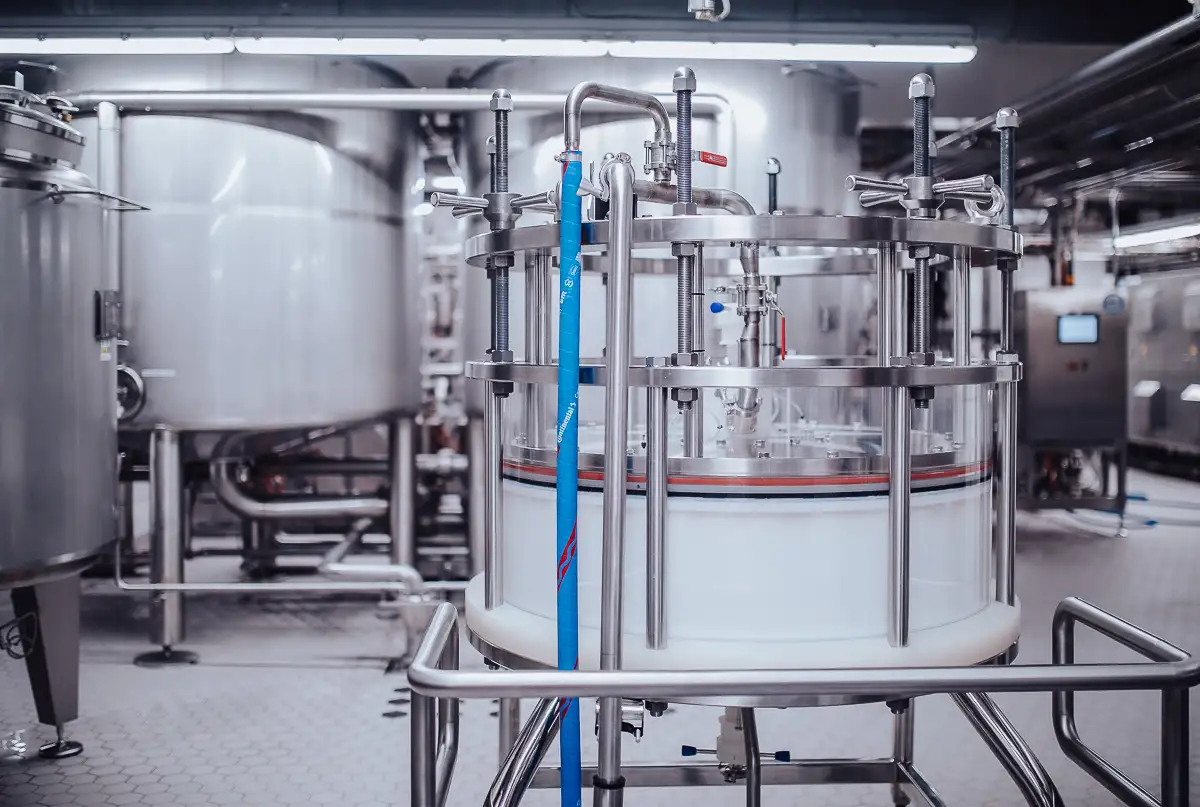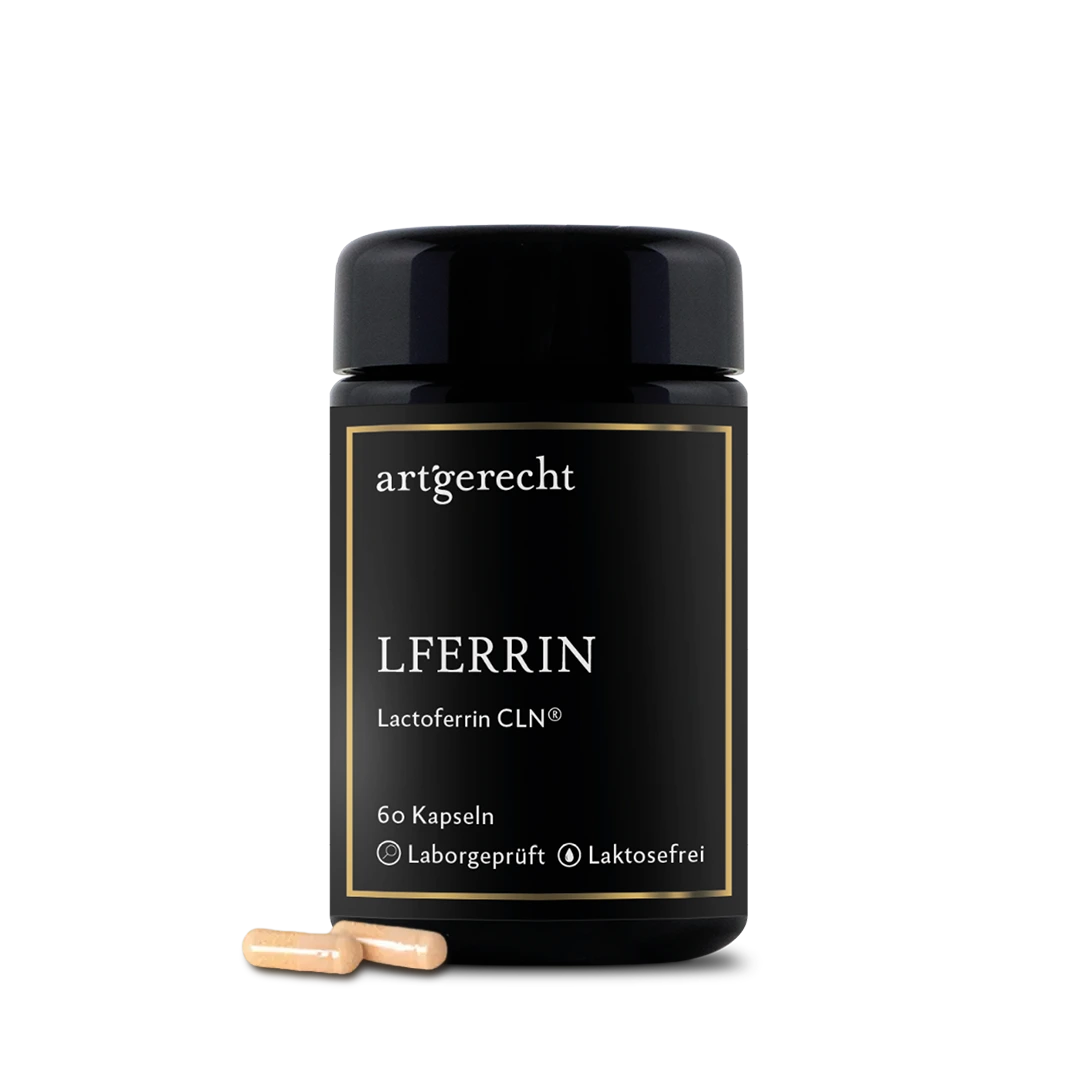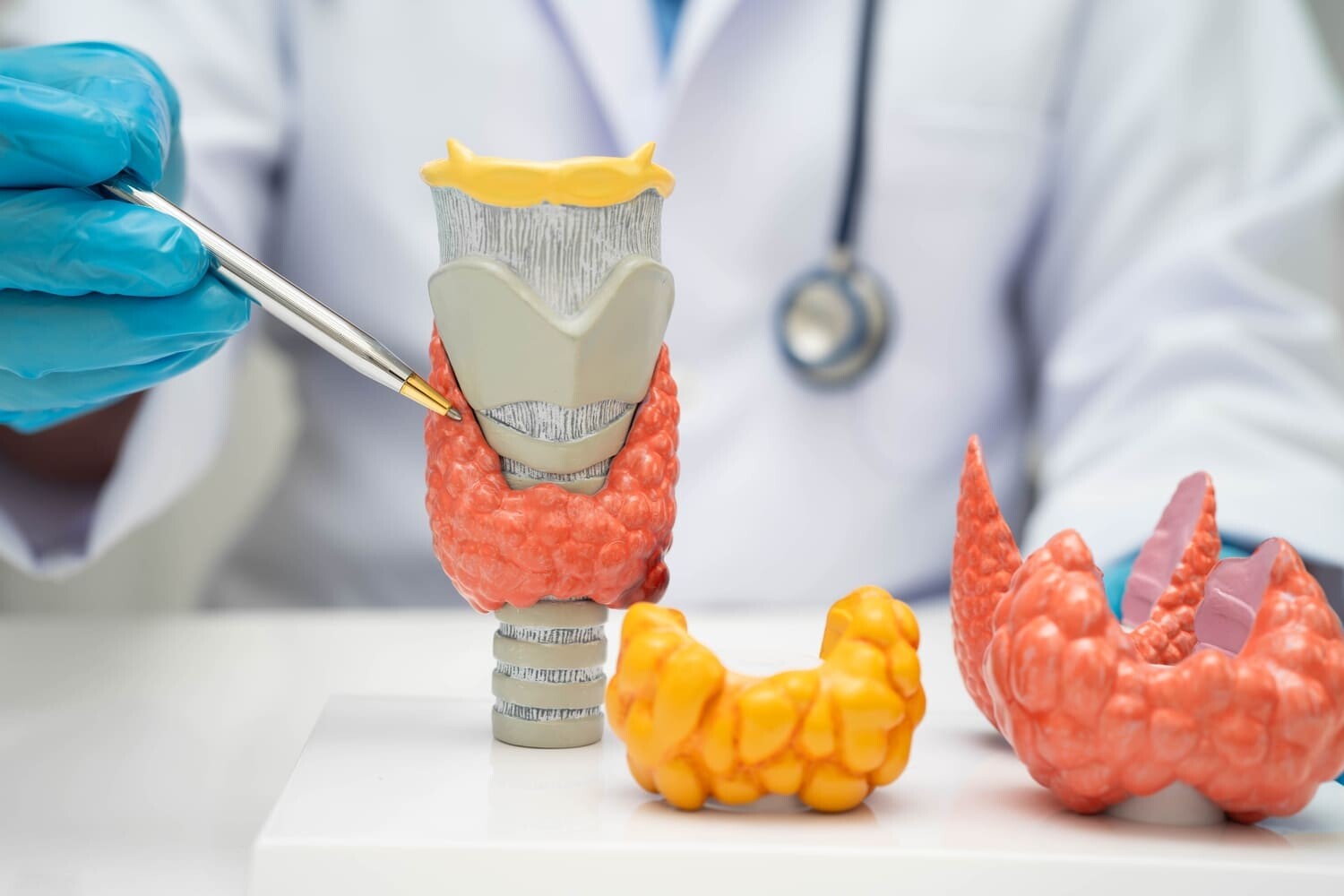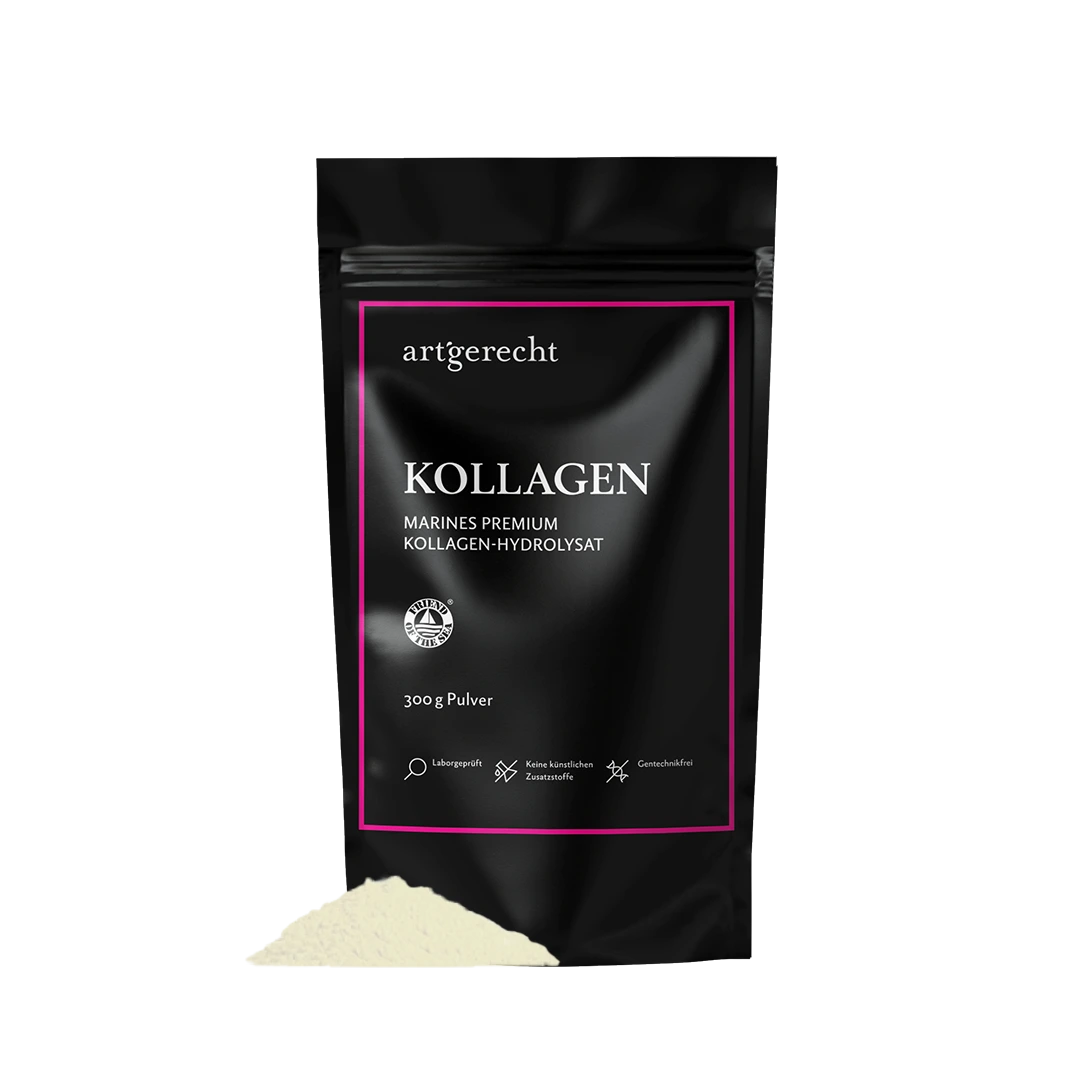The diverse functions of lactoferrin also offer solutions for metabolic diseases and their risk factors thanks to their complex mechanisms of action.
The metabolic syndrome in its definition is a combination of different risk factors that promote the development of serious, chronic diseases. Three of the following five factors must come together for the diagnosis of metabolic syndrome. The criteria were defined by the International Diabetes Federation in 2005 [1]:
- Central obesity with a waist circumference of > 80 centimeters (women) or > 94 centimeters (men)
- non-blood sugar of over 100 mg/dl (>5.6 mmol/L) or type 2 diabetes mellitus
- Triglycerides of over 150 mg/dl (>1.7 mmol/L) nüchtern
- low HDL of less than 40 mg/dl (women) or less than 50 mg/dl (men)
- higher blood pressure values of over 130 mmHg systolic or over 85 mmHg diastolic
Interestingly, lactoferrin with its multiple functions has an influence on individual components of the metabolic syndrome, such as the regulation of carbohydrate and fat metabolism. For example, lactoferrin could have a positive influence on the development of insulin resistance and high blood pressure. In addition, its influence on the growth of adipocytes (fat cells), inflammatory processes and other endocrine factors is also being discussed [2].
In addition, it was shown that bovine lactoferrin was able to reduce lipid peroxidation at high cholesterol levels, which significantly reduced the resulting oxidative stress. In addition, a decrease in LDL cholesterol and total cholesterol was observed with a simultaneous increase in HDL cholesterol (""good cholesterol"") [3].
The influence of lactoferrin on fat metabolism and specifically on the formation of visceral fat was investigated in a study with overweight men and women [4]. The accumulation of visceral fat is one of the risk factors for metabolic syndrome and promotes the development of insulin resistance, associated with high blood sugar levels, high blood pressure and lipid metabolism disorders (dyslipidemia).
In this double-blind, placebo-controlled study, participants with existing obesity were administered 300 mg of lactoferrin daily over a period of eight weeks.
After this period, a significant reduction in the amount of visceral fat was measurable.
In addition, the participants were able to significantly reduce their body weight, body mass index (BMI) and hip circumference.
Based on the findings from various animal studies, it is assumed that the underlying mechanism of action is based on the ability of lactoferrin to bind to lipopolysaccharides [5]. Furthermore, the inhibitory effect of lactoferrin on the maturation of fat cells (adipocytes) has been described [5, 6]. Hofmann et al. describe how lactoferrin regulates fat transport into the cells of visceral fat cells and thus blocks postprandial fat uptake [7].
The study by Ono et al. described above showed that lactoferrin can reduce visceral fat without additional lifestyle changes [4]. And, as in all other human studies, without any undesirable side effects.A promising approach for further research and innovative therapeutic approaches.
Sources
1 Alberti KG, Zimmet P, Shaw J. Metabolic syndrome--a new world-wide definition. A Consensus Statement from the International Diabetes Federation. Diabet Med. 2006;23(5):469-480. doi:10.1111/j.1464-5491.2006.01858.x
2 Elizarova A. Y., Kostevich V. A., Voynova I. V., Sokolov A. V. Lactoferrin as a promising remedy for metabolic syndrome therapy: from molecular mechanisms to clinical trials. Medical academic journal 2019; 19: 46–64.
3 Faridvand Y, Nozari S, Asoudeh-Fard A, Karimi M-A, Pezeshkian M, Safaie N, Nouri M. Bovine lactoferrin ameliorates antioxidant esterase activity and 8-isoprostane levels in high-cholesterol-diet fed rats. International journal for vitamin and nutrition research. International journal for vitamin and nutrition research. Journal international de vitaminologie et de nutrition 2017; 87: 201–206.
4 Ono T, Murakoshi M, Suzuki N, Iida N, Ohdera M, Iigo M, Yoshida T, Sugiyama K, Nishino H. Potent anti-obesity effect of enteric-coated lactoferrin: decrease in visceral fat accumulation in Japanese men and women with abdominal obesity after 8-week administration of enteric-coated lactoferrin tablets. The British journal of nutrition 2010; 104: 1688–1695.
5 Moreno-Navarrete JM, Ortega FJ, Bassols J, Ricart W, Fernández-Real JM. Decreased circulating lactoferrin in insulin resistance and altered glucose tolerance as a possible marker of neutrophil dysfunction in type 2 diabetes. The Journal of clinical endocrinology and metabolism 2009; 94: 4036–4044.
6 Yagi M, Suzuki N, Takayama T, Arisue M, Kodama T, Yoda Y, Numasaki H, Otsuka K, Ito K. Lactoferrin suppress the adipogenic differentiation of MC3T3-G2/PA6 cells. Journal of oral science 2008; 50: 419–425.
.7 Hofmann SM, Zhou L, Perez-Tilve D, Greer T, Grant E, Wancata L, Thomas A, Pfluger PT, Basford JE, Gilham D, Herz J, Tschöp MH, Hui DY. Adipocyte LDL receptor-related protein-1 expression modulates postprandial lipid transport and glucose homeostasis in mice. The Journal of clinical investigation 2007; 117: 3271–3282.












